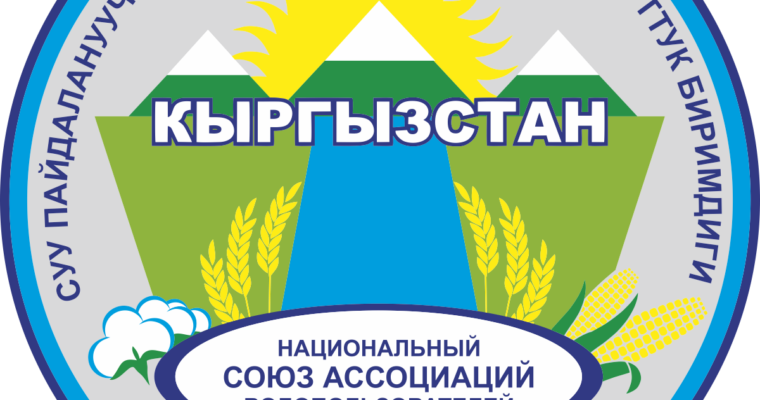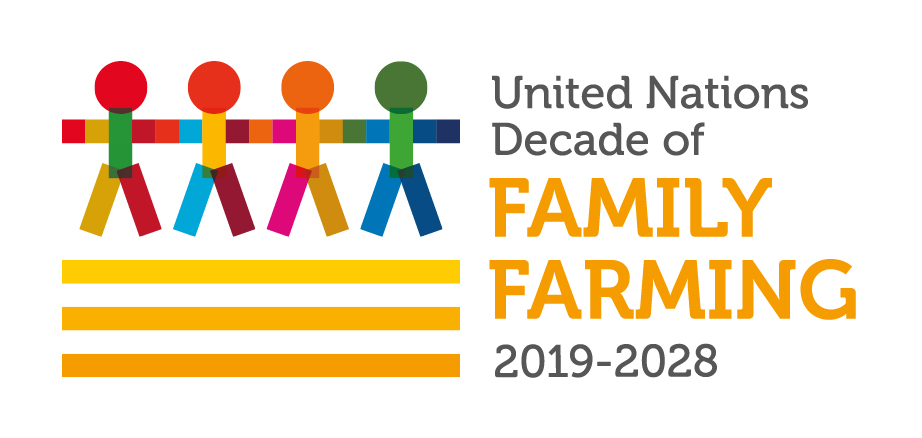Rationalizing the Use of Forestlands
by Union of the Water Users Associations of the Kyrgyz Republic (UWUA)
Description of the Area
Jalal-Abad Province is one of the administrative-territorial units of the Kyrgyz Republic. Together with the neighboring Osh and Batken provinces, Jalal-Abad is part of South Kyrgyzstan, an agrarian, more mountainous, and less developed part of the country. The province has 1,036,700 residents, which is about 20% of Kyrgyzstan’s population. About 70% of the population are of Kyrgyz ethnicity, while nearly a quarter is Uzbeks. The remainder of the population is a small number of Russians, Turks, and Tajiks. The main religion in the province is Islam. The average household size is 4.5 persons.
The province occupies an area of 33,700 square kilometers, which is about 17% of the territory of the country. More than 70% of the area of Jalal-Abad is occupied by sparsely populated highlands of Western Tien Shan, a mountain range that has also been declared a World Heritage Site due to its rich biodiversity. The remaining 30% is mainly land along the border with Uzbekistan and the Naryn River valley that are densely populated foothills and plains allocated for irrigated agriculture.
Irrigated agriculture is practiced in the province. The primary crops grown are grains, cotton, tobacco, and grapes. Horticulture, sericulture, and animal husbandry are also major activities. On the slopes, rain-fed agriculture is the primary livelihood. In the mountains, the primary activity is forestry.
Jalal-Abad has a moderate continental climate. In the mountains, severe frosts and snow can occur. In the valleys, the summer is very dry. Steppes and semideserts lie at the foot of the mountains. Walnut, coniferous, and sparse juniper forests thrive on the slopes. Subalpine and alpine meadows, and glaciers are located above the forests.
Although the province is located in an arid zone, several large glaciers in the mountains provide a rich source of water. The main waterway of the province is Naryn River, one of the main components of Syr Darya, the second largest and most important river of Central Asia. Naryn is also a source of hydroelectric power in the province, as several power plants were built on the river during the Soviet era.
Profile of the People
The focus of this paper is residents of three municipalities living near forest areas. They are primarily engaged in farming. Farmers’ own plots of arable land with an average area of between one and one-half to two hectares per family. Many young people prefer to move to the city to pursue further studies or to work.
Discussions with the residents indicate that they have a keen interest to lease forestlands and sell forest products. Farmers in communities near forests generally have the right to lease plots of forestland where nut trees and other crops grow. To avail themselves of a lease, farmers must submit an application to the forestry administration unit requesting the allocation of a plot of forestland. A committee reviews the request and if a farmer is found to comply with requirements, a plot is allocated for rent, with other conditions specified in the lease agreement. Generally, the lease term is three years. The obligations specified in the lease are not difficult to implement and usually involve the conservation of biodiversity. However, forestlands with nut trees are limited and cannot accommodate all farmers, thus the government must allocate areas for lease. Affected farmers have appealed to government authorities with little success.
Challenges and Opportunities
Farmers who are granted forest leases are not formally organized into associations, but they still share common aspirations. For instance, forest farmers are deeply concerned about the preservation of biodiversity and the conservation of forests. They are, in fact, outraged that the forest areas are sometimes permitted to be used as remote pastures.
Recognizing their common interests, many farmers have united as communes and have agreed to solve their problems jointly. Through discussions, the farmers were able to address the shared safeguarding of leased forestlands, securing the forests against unauthorized woodcutters, and the collaborative sale of the farmers’ respective produce. Moreover, the farmers’ concern for the forests has led them to propose the creation of youth groups to guard the forests.
In particular, 79 farmers have responded to the call of the Union of the Water Users Associations of the Kyrgyz Republic (UWUA) and the Kyrgyz Association of Forest and Land Users (KAFLU) to ask for government help as a group. The farmers have found support from government agencies at the local level, namely, three forestry administrations and village councils.
These forest tenants have successfully negotiated the extension of their leasehold period from three years to five years, with a possible extension of another five years. The rental period of the tenants has thus been extended to 2021.
This same group is now asking government authorities to recognize and support the certification of forest produce by the Forest Stewardship Council (FSC). The FSC is an international nonprofit organization that sets standards on forest products, certifies the products as compliant with relevant standards, and labels them accordingly. Through this certification system, FSC ensures sustainable forestry practices and responsible forestry management. Responsible forest management includes the protection of fragile ecosystems and the preservation of indigenous cultural practices. The FSC purportedly sets higher and stricter standards than other certifying bodies, hence it is considered the gold standard of forest management.
While FSC standards are developed at an international level, they are nevertheless fine-tuned to adapt to each country’s legal, economic and social circumstances. Stakeholder consultation is therefore a key element in setting country-level FSC standards, and government participation are indispensable.
Obtaining FSC certification will ensure that products from participating Jalal-Abad farmers will get premium prices from the market while assuring buyers that the products were grown and processed in ecologically sustainable ways. The certification is thus a win-win for both the farmers and the buyers.
Aside from the 79 farmers earlier mentioned, however, few, if any, other farmers are interested in getting certification and encouraging the government to cooperate with the process. All things considered though, the forest farmers are optimistic that their initiative will bear fruit.




Comments are closed